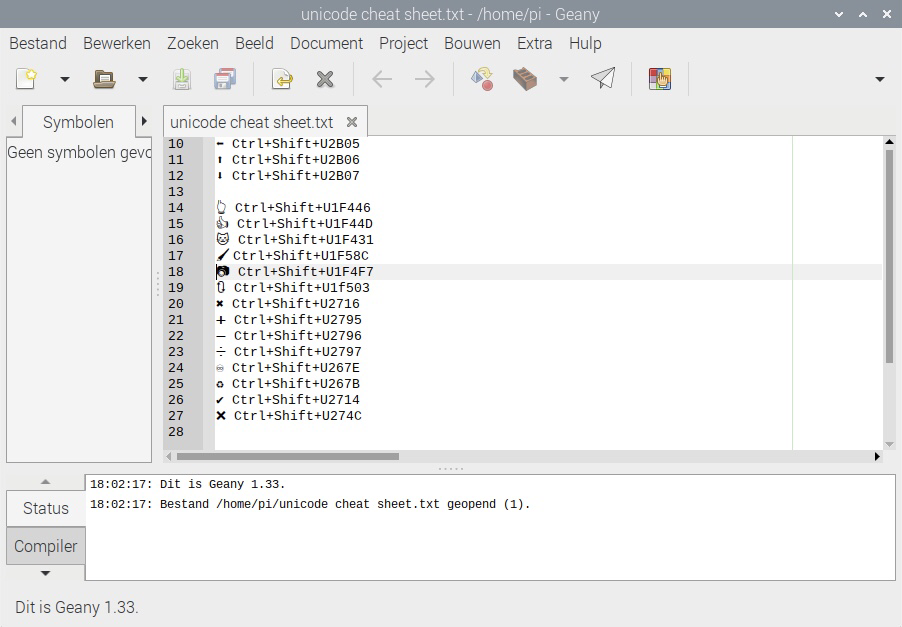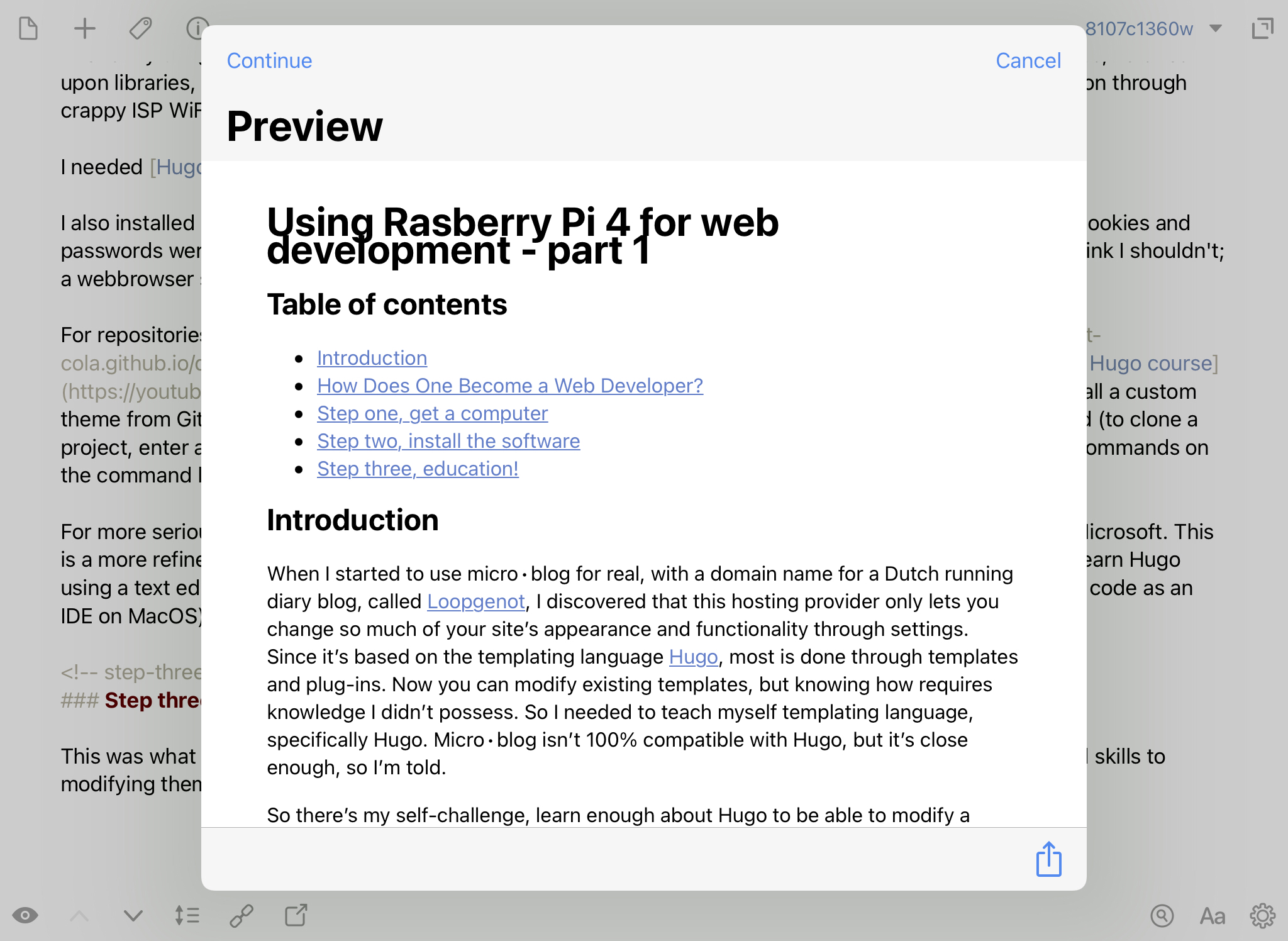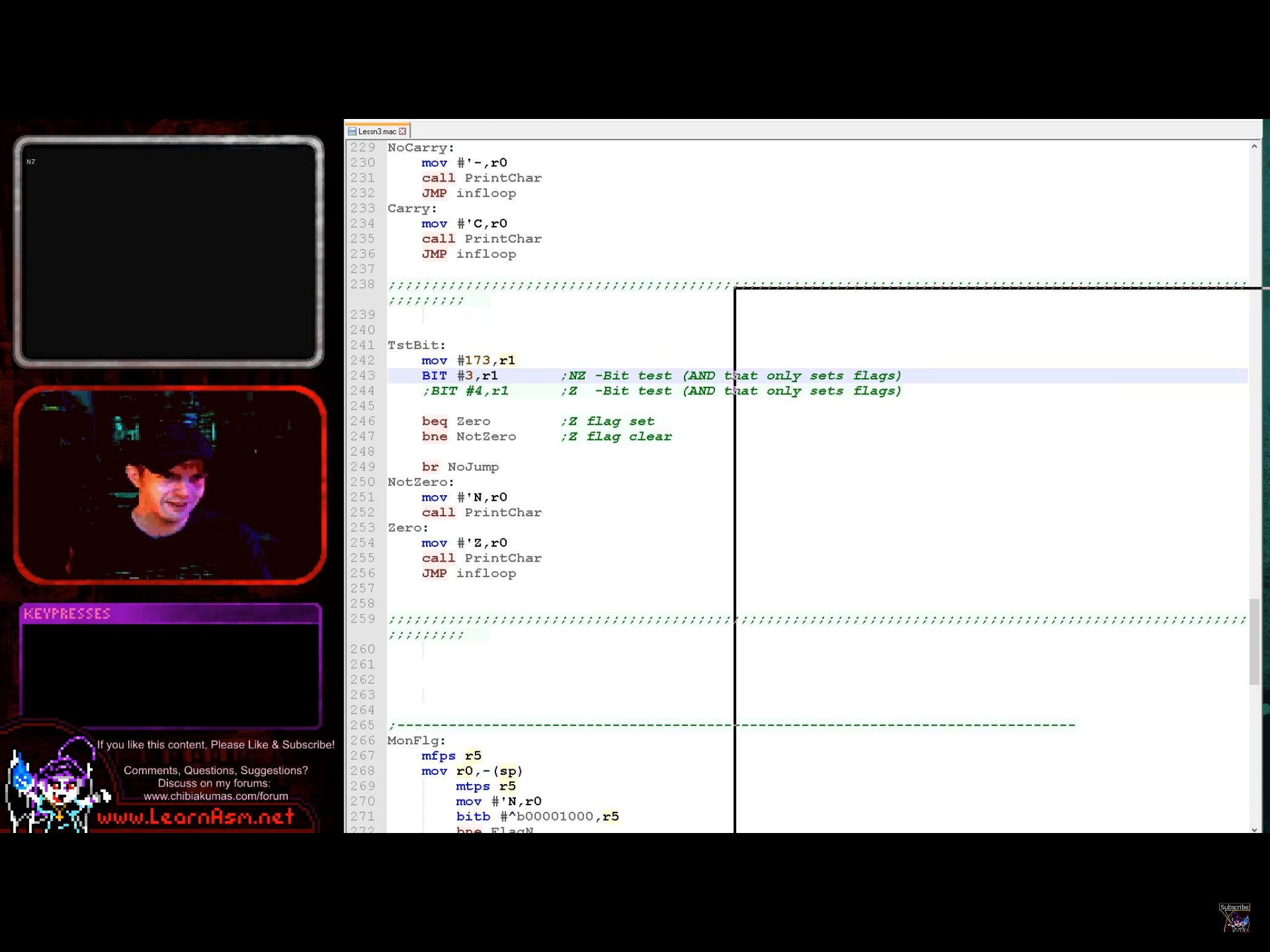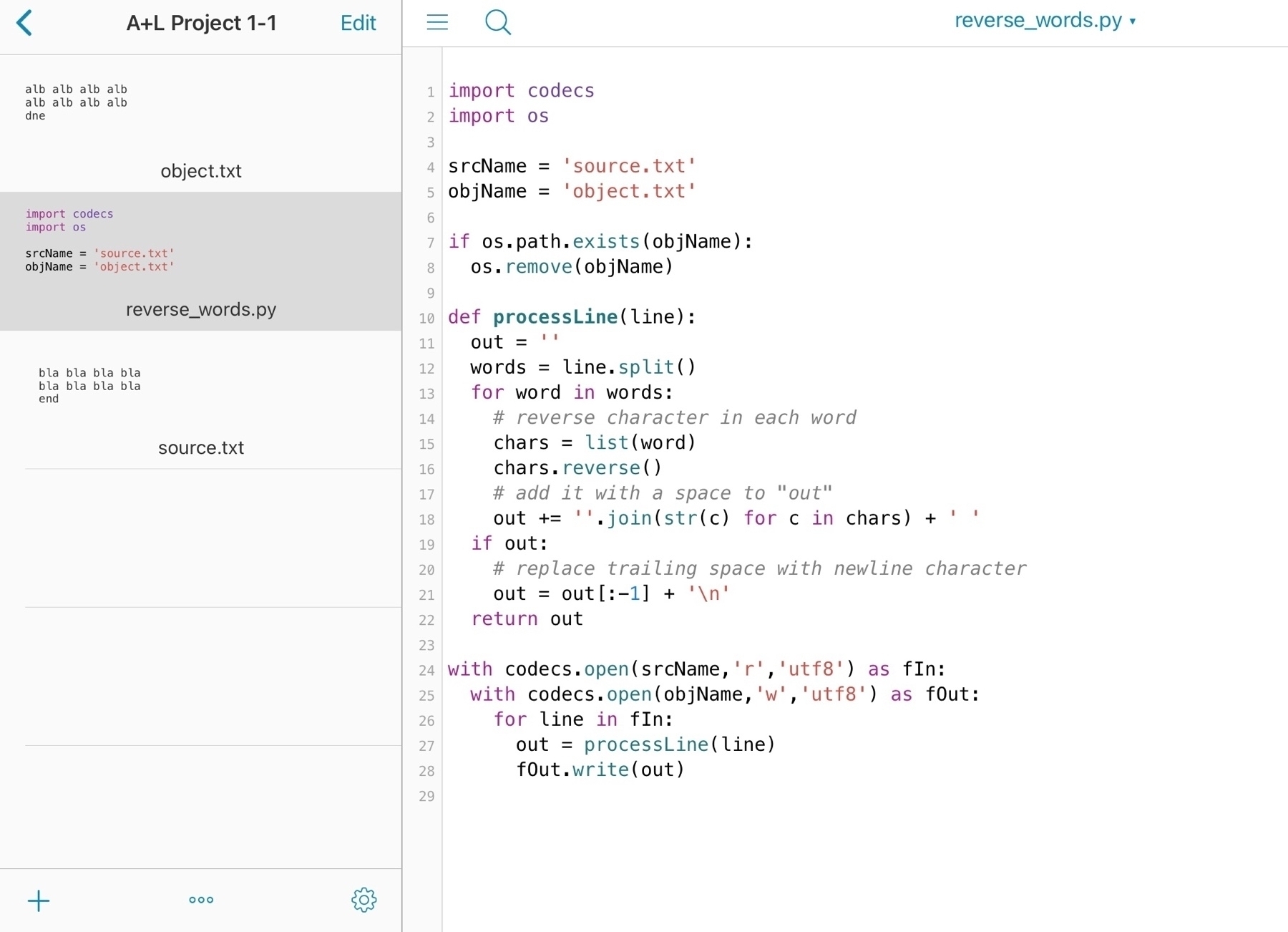-
And then everything broke, SMB, SSH, on my Pi. So I removed all the software, turned off the services. Should teach me not to install 3rd-party software. Back to file exchange via USB-sticks.
-
The official Hugo primer is already way above my pay grade. The intro by Mike Dane is much gentler, and doesn’t assume any prior knowledge as the official primer seems to do. 👨💻
-
I can has Remote Desktop Access to my Pi 🥧 now, with TeamViewer for personal use (free) 🤓 👨💻

-
💡When in doubt about a feature on Linux Desktop, try the Windows equivalent. My question was: “What key combo is used to switch between apps?”
Alt+Tabon both Windows and Linux Desktop 👨💻 -
Web coding in Hugo, while watching a YouTube video on the page generated by the local Hugo server, running on my brand new Raspberry Pi 400. 👨💻

-
It’s nice to have extra space instead of the stock 16 GiB that comes with the Raspberry Pi 400. 👨💻

-
Since Linux Desktop has limited support for emoji and no good input method editor (IME) I could find, I’ll have to use a cheat sheet with Unicodes. Most emoji are unsupported, though, which is a shame. To enter, press the ctrl+shift+u key combo, followed by the hex-digits. 👨💻

-
Writing a long form post about my experiences learning how to modify micro∙blog themes… I expect part 1 to be out some time next week. I have the computer set up, software all installed. There’s education ahead! 😃👨💻

-
Trying to understand the templating language behind micro∙blog is hurting my brain. I have really no idea how to tackle my problem of site navigation, where the previous post is out of scope of the current section—or the next post if the current post is last in its section. 👨💻
-
Reading the Command Line Interface Guidelines 👨💻
Yet with its creaky, decades-old constraints and inexplicable quirks, the command line is still the most versatile corner of the computer.
-
What We’ve Built Is a Computational Language (and That’s Very Important!)—Stephen Wolfram Writings Language both humans and computers can understand, as important as the introduction of Math symbols “+”, “-”, “=”, etc. centuries ago. 👨💻
-
Python vs Swift Unlike many languages, Swift behaves like Maths, passing objects as values instead of as references, which saves a huge performance hit of having to clone objects to avoid other processes changing those objects unexpectedly. In Python everything has a pointer👨💻
-
Data Serialization — The Hitchhiker’s Guide to Python Always handy to know if you have rolled your own, and wondered if this is a solved solution. In fact, there are several solutions. 👨💻
-
Pass 1 of a 2-pass assembler in Pythonista 3 seems to work for a 256 times 8-bit word memory. I hadn’t done that before, so it’s a win in my book 👨💻

-
While reading all about how “modern” computers do all kinds of tricks to load executable code on the fly, doing this on an 1980s 8-bit computer seems rather cool, yet overkill. Though, combining built-in ROM routines and Basic with external executable modules is appealing 👨💻
-
Currently reading: Assemblers, compilers, and program translation (Computer software engineering series) by Peter Calingaert 📚 👨💻
-
Watching PDP-11 Assembly Lesson 3 - Conditions, branches and loops - YouTube to learn about how to do assembly language for this (then) groundbreaking computer. 👨💻 🏛🖥

-
Clearly, 🐱💻 ≠ 👨💻! If it were true, 🐈⬛ would rule the 🌎. Or maybe they already do, and we just don’t know it.
-
Before I write a basic assembler in Pythonista 3, I should be able to process a source file and output the result into an object file. Here I reversed each word in a text file. It’s very basic, doesn’t take into account punctuation, but it works, and that’s enough. 👨💻

-
I think I should implement this one-pass and two-pass assembler in Pythonista 3 on iPad. The project is from the book Assemblers and Loaders. 👨💻
